“What we call man’s power over nature turns out to be a power exercised by some men over other men with nature as its instrument.” C.S. Lewis
The only thing leaving Iowa faster than Gen Z has been nitrate-nitrogen and over the past two months the exodus of the latter in Iowa streams, while predictable in this post-drought condition, has been nothing short of momentous. Using nitrate stream sensor data from the U.S. Geological Survey and the University of Iowa, grab sample data from Iowa DNR, and stream discharge (flow volume) data from USGS, I calculate statewide loss during May was 241.4 million pounds (as N) and June, 102.4 million pounds. So, in only two months, N loss from the state totaled 343.8 million pounds. This is more than the annual loss in eight of the years since 1999. The record loss for one year is 1.25 billion pounds (2016), so we have outside chance of topping that in 2024.
Since a pound is a human construction, it’s fair to ask if 344 million pounds is a lot in this circumstance. Farmers commonly buy nitrogen in the anhydrous ammonia form; the white tanks you see scattered around Iowa like so many giant sci-fi movie insect larvae are used to transport ammonia to and around fields for fertilization. About half the commercial nitrogen fertilizer in Iowa is applied in this form. These often contain 1000 gallons when completely full which is about 5000 pounds of nitrogen. For the 61 days in May and June, the contents of one these left Iowa in its streams, destination Gulf of Mexico, every minute or so. I’d say that’s a lot. It’s enough to fertilize 2.3 million acres of corn which is about 16 Iowa counties’ worth. That’s how much we lost in TWO MONTHS.
That two months’ loss, 344 million pounds, is about 4000 pounds per Iowa farmer. Assuming all 85,000 of them own a full size pickup, it’s a little less than the weight of all those pickups, combined. It’s the weight of 24,000 Eiffel Towers, 1400 railroad locomotives, 1600 space shuttles, 760 Statue of Liberties, 3 Titantics, and ½ of the Empire State Building. It’s enough to contaminate the Des Moines metropolitan water supply beyond the Safe Drinking Water Act limit of 10 mg/L for 275 years—4,136,604,136,604 gallons.
How much is it in the context of our conservation practices? Cover crops like cereal rye, which sequester water and nitrogen in the fall and early spring, are one of our most-promoted practices eligible for public cost share. If farmers planted cover crops on every acre of Iowa farm land, they conceivably could sequester about half of that 344 million pounds in a good year, at a cost of about $1 billion—6 times more than what it would cost to buy that 344 million pounds of wasted nitrogen. All the artificial wetlands that have been constructed in Iowa (about 100), all of them, sequester 1.6 million pounds of nitrogen per year, 0.5% of the two-month waste. The saturated buffers Mike Naig has been asking you to pay for (100% cost share) and for which farmers get a $1000 inconvenience fee? You’d need a little more than one million of them to capture 344 million pounds. That’s a billion dollars’ worth of inconvenience fees, alone. And, I might add, your tax dollars go to pay expensive university researchers, all apparently with clear consciences, to quietly study this farcical stuff. They all know what I know.
Your tax dollars that support the state’s showcase water quality policy—the Iowa Nutrient Reduction Strategy, are in effect paying for an industry propaganda program aimed to make you believe something is being done, progress is being made, momentum is building. But here’s the problem: while math, physics and chemistry are the language of the universe, and biology is the language of earth’s systems, Iowa water quality policy is written in tongues, and people in government and the industry speak to you with a tongue that is forked. At this point I can only call the lying and distraction and obfuscation for what it is: corrupt. The industry knows it cannot survive in the current framework without their gold plated license to pollute. This is what they must do to survive—compromise the state’s institutions.
I see farmers on social media (especially Twitter) saying yeah but what about combined sewer overflows. These occur when municipal wastewater collection systems are overwhelmed by stormwater during heavy rains, allowing untreated human wastewater to intrude into the sewer plant’s effluent. So, ok, what about CSOs? The amount of nitrogen excreted by a human being is well known; it’s about 1 pound per month. There are 3.2 million people in Iowa. That means if the excreted waste from every Iowan went directly into an Iowa stream untreated during May and June (obviously a ridiculous proposition), the N load from that circumstance would total 6.4 million pounds, which is about 1.9% of the 344 million pound total.
And I also hear people say yeah but it’s been wet, and we lose more nitrogen when it’s wet. Newsflash: we get wet weather in Iowa. And we get drought. And we get one that follows the other. It’s not rocket surgery. We live in the middle of a continent and by virtue of that the weather will always be dynamic. This ain’t San Diego, sister. You can either design your systems around the expected range of weather conditions—or not. Iowa agriculture chooses not. And climate change—fuhgeddaboudit with these climate-change-denying countrified Tony Sopranos.
A map at the end shows percent of normal precipitation over Iowa for the last two months. Excepting the monster storm that flooded Northwest Iowa, rain over the last two months has been in amounts that the industry should be expected to prepare for.
What keeps this monstrosity of a production system entrenched? Why does the citizenry tolerate it? Contaminated drinking water, unusable beaches, extirpation of entire ecosystems and species, the decimation and depopulation of rural Iowa, noxious smells not only in the countryside but in the middle of our largest cities, human and animal disease, brazen control of our state government and bureaucracy that bleeds into county and municipal government culture, universities that tip toe around the industry like the abused wife of a drunken madman—why why why do we tolerate it. And all the while the pollution is generated not by rugged and honorable agrarians, but by a government- and media-coddled multi-millionaire landed gentry that can winter Florida because your tax dollars indemnify the whole goddamn rotten mess. Does our complacency as citizens translate to culpability? Or are we all, collectively, the abused wife, unable to escape, just thankful the bully doesn’t beat or kill us?
The industry most assuredly needs to control us to maintain their privileged position within Iowa culture and society. Remember this—the current production framework could not feasibly exist without that control. Control is maintained as it is all modern societies—through propaganda. If we choose to believe the propaganda and tolerate the indignities, then the comparison with the abused wife no longer applies, because unlike the abused wife we do have the power to change the current condition. At least for the time being.
“The total domination of nature inevitably entails a domination of the people by the techniques of domination.” André Gorz

André Gorz (1923-2007) was a French-Austrian writer who developed the concept of Non-reformist Reform, which is a reform that "is conceived, not in terms of what is possible within the framework of a given system and administration, but in view of what should be made possible in terms of human needs and demands.” On the other hand, reformist reforms essentially maintain the status quo and do not threaten the existing structure. These have been described as reforms that rationalize or "fine-tune the status quo" by implementing modifications "from the top down", but that fail to address root causes of the issue.
Sound familiar?
On the load calculations: load (mass of the pollutant transported by the river) is calculated by multiplying the nitrate concentration by the river discharge. These were daily calculations. Conversion factors are used to translate the units into pounds. On days where nitrate concentrations were absent, a linear interpolation model was used to estimate the value for that day.
Loads and concentrations were quantified for the watersheds listed below. Loads are area weighted to estimate separate loads for Iowa areas draining to the Missouri River (31%), and Iowa areas draining to the Upper Mississippi River (69%). There are hydrological and climatological reasons for dividing the state in this way. These two are added together to get the statewide total. Concentrations are flow-weighted averages, i.e. total load for the two months divided by the total discharge for the two months. This is different that daily averages in that the flow-weighted average reflects the average amount of nitrate in every drop of water for the period. These are the methods I have used in the past for papers published in scientific journals.
It’s a near certainty that my estimated load for Iowa draining to the Missouri River is low. This is because I didn’t feel confident about the Rock River of Northwest Iowa where the historic flooding occurred a couple of weeks ago. There surely was an enormous load from that basin which will eventually elevate the numbers for Western Iowa.
One more interesting nugget: the Raccoon River at Van Meter exceeded the safe drinking water standard for nitrate every day during the month of June.
Resources:
https://waterdata.usgs.gov/ia/nwis/current/?type=flow
https://iwqis.iowawis.org
https://programs.iowadnr.gov/aquia/
https://mesonet.agron.iastate.edu/climodat/
https://www.iowafarmbureau.com/Article/Iowa-Cover-Crops-Answers-to-Common-Questions





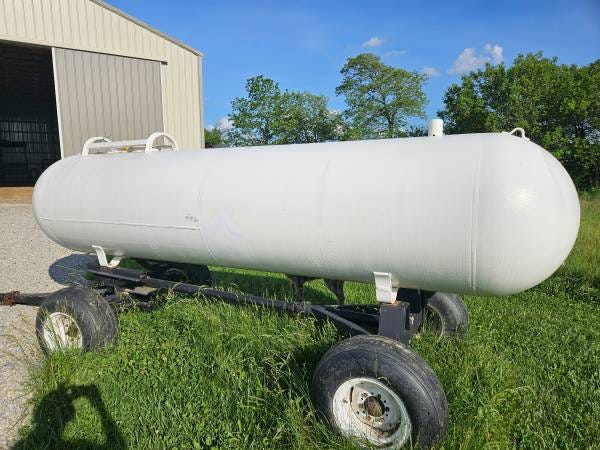
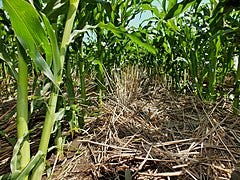
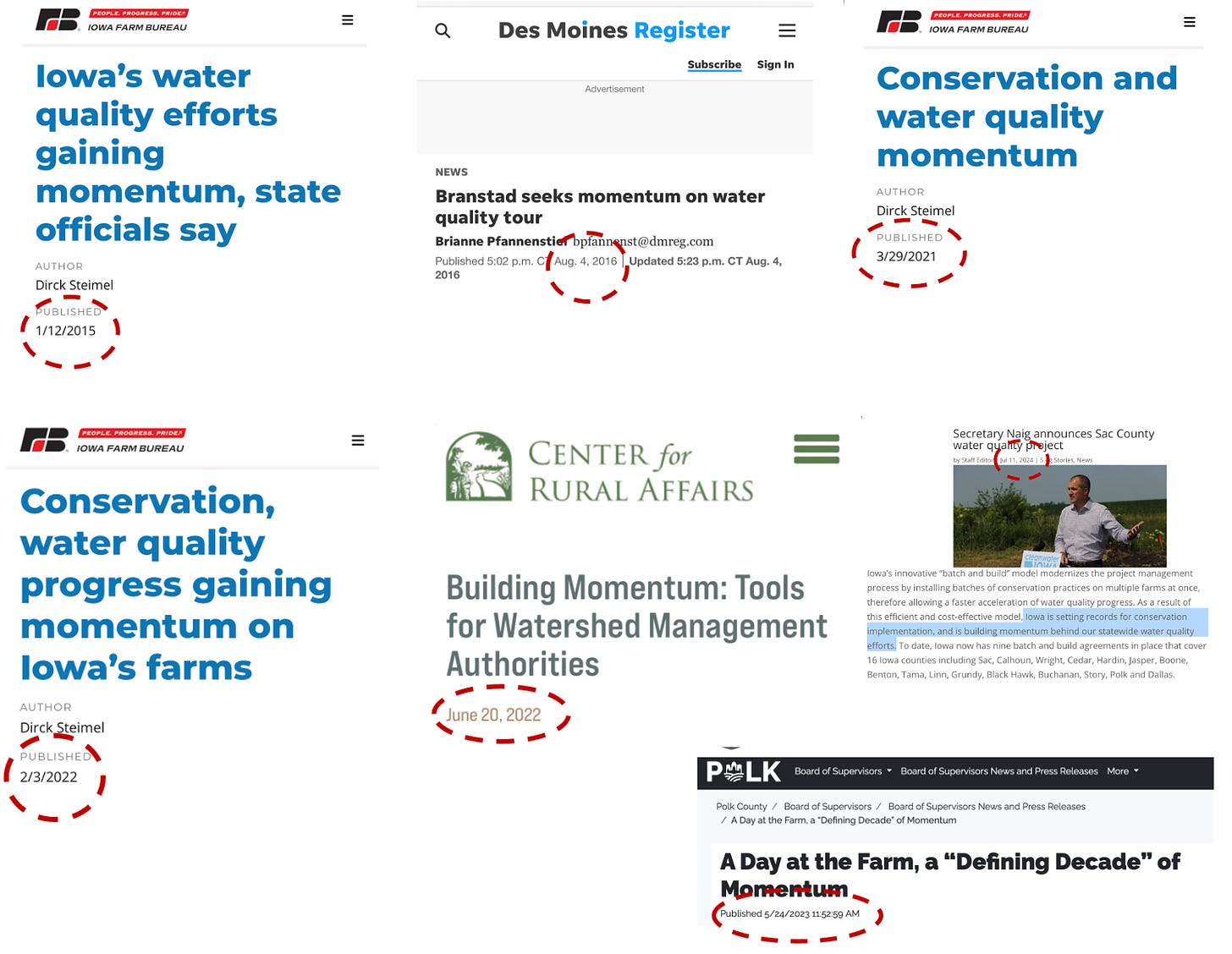
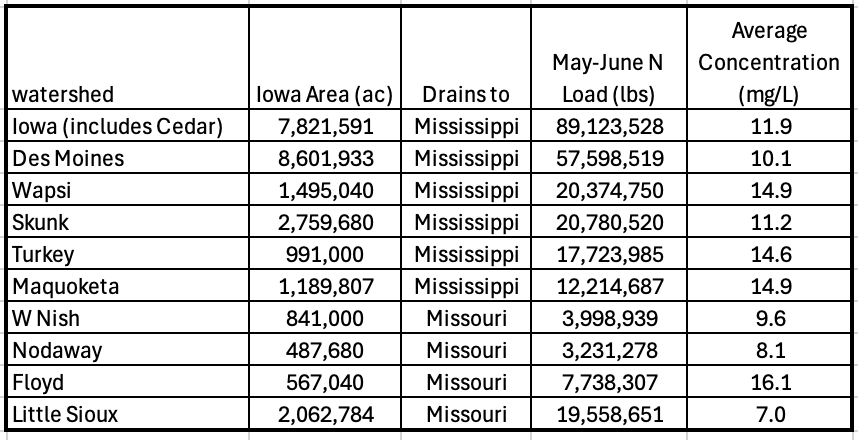
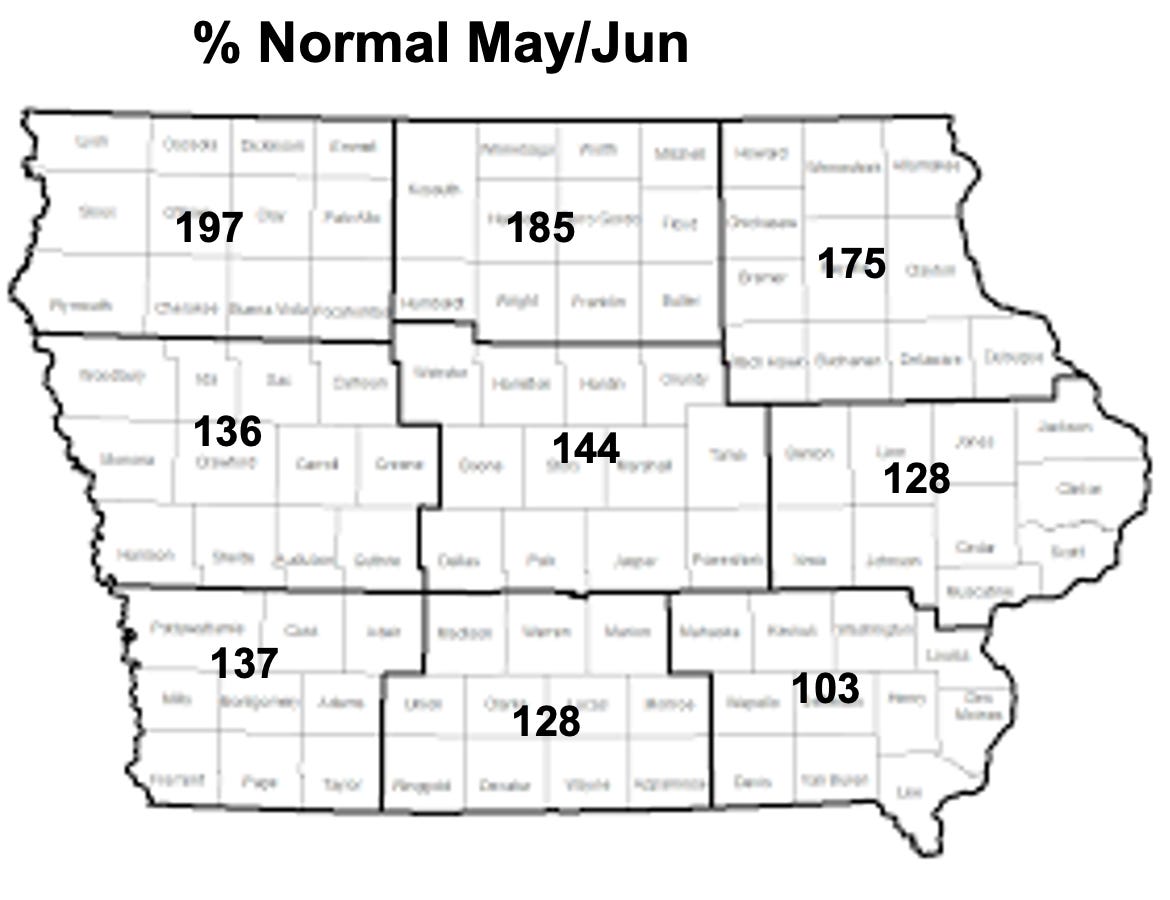
I attended an Iowa Soybean Association meeting about 10 years ago and talked to a number of farmers. It amazed me how much anhydrous and hog manure was still being applied in the fall months. I asked a farmer why. He said it was pretty much because of logistics, to get the workload out of the way so it wouldn't have to be done in the spring. They knew they were losing a lot of N, but it was worth it.
When we do in-season nitrate tests of soil to see if we have enough N for the crop, 25 ppm is considered adequate. Presumably water in tile lines in early summer would also run close to this.
Corn is a "leaky" crop when it comes to nitrogen. If a farmer is going to maximize his yield, there is going to be elevated N in the soil water. Common sense, ENFORCED, regulations on rate and timing are needed to even dent the losses. And yes, that means it will cost more to produce corn either through not always hitting the maximum yield or more equipment to apply fertilizer and manure timely.
IMO, the stick, not a carrot, is needed, and if that doesn't work, a bigger stick is needed. We farmers have no holy or earned right to degrade the value of a common good, the environment.
Money, greed, and the total disconnect from the rest of life on Earth. This is where we have arrived and now get to live with it. I see the record numbers in the stock market and people buying pontoons, dune buggies, lake homes(folks from Iowa, and everywhere else), gigantic pole sheds to store their toys, the obliteration of apex predators so that the lazy hunters have more to kill, and then comes the farmers who do not know how to change their ways or do not want to because of the uncomfortable situation of learning a whole new ecologically sound food production system that does not ship it's contents all over the continent. Where people become a mutualistic creature on the landscape creating water catchment systems and holding water on the landscape, creating habitat for so many different creatures that we cannot count them all, and finding a sense of peace and calm in creating healthy nutritious food that feeds local people during the growing season. Where people eat what is in season and preserve food in a way that does not create illness or pollution. This has been done before(ask the indigenous folks). People have to change when it is right in front of us looking to punch our lights out. My hope was that with this large brain that humans have evolved into that we would have a better sense of what is good for all life on Earth rather than a self centered parasitic mindset that has led us to " Why do I care, I will be dead, my family will be rich, and I have a lake home in Minnesota". When the parasite kills its host and there is not a suitable food source for it to move to will we realize that sinking, sick feeling of this is the end for us. Hopefully nature will not repeat the hiccup of this over charged brain and insatiable need for money, greed and power